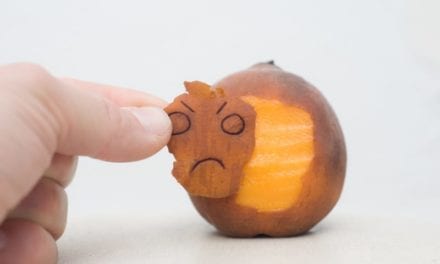 In 1989, Jim Lafferty cofounded a surgical-device company that manufactures innovative cranio-maxillofacial and orthopedic implants, surgical headlights, and electromechanical power drill and bone saw systems for multi-specialty surgical procedures. After he and his partner sold the company, he turned his surgical-device expertise to developing products for the aesthetic industry.
In 1989, Jim Lafferty cofounded a surgical-device company that manufactures innovative cranio-maxillofacial and orthopedic implants, surgical headlights, and electromechanical power drill and bone saw systems for multi-specialty surgical procedures. After he and his partner sold the company, he turned his surgical-device expertise to developing products for the aesthetic industry.
Genesis Biosystems was formed in 2001, with Lafferty as the cofounder and president. Genesis is a global aesthetic medical device company that manufactures the Derma Genesis® brand of medical microdermabrasion systems and supplies. More recently, the company introduced a new fat -transfer device called the LipiVage™ fat harvest, wash, and transfer system. We spoke with him about the LipiVage device and how it can benefit physicians with their fat-transfer procedures.
Why did Genesis Biosystems develop the LipiVage system?
The LipiVage device was created to improve traditional fat-transfer methods by providing surgeons with an easy-to-use, all-in-one tool for harvesting, washing, and transferring fat for reinjection. Our design team made particular effort to produce a device that would handle the fat cells more gently than current harvesting techniques.
After a LipiVage fat harvest, there is no longer the need to centrifuge, decant, or expose fat cells to unnecessary handling. The surgeon has the choice of how much to wash the cells, and the fat is prepared for reinjection into the patient without ever leaving the sterile chamber of the device. LipiVage also saves valuable procedure time and ensures that the fat cells are ready for immediate reinjection by eliminating the time required to process or decant the cells.
How does the LipiVage system work?
LipiVage harvests autologous fat cells at a low vacuum level significantly more gently than with current methods. An aspiration cannula is attached to the harvester, which in turn is attached to a standard aspirator. The fat cells collect in the sterile filtration chamber inside the LipiVage device. Once inside, the fat is gently cleaned and concentrated by the low-level vacuum and filter. Unwanted fluids pass through the filter and out into the waste canister of the aspirator. The end result is concentrated fat cells with increased viability, immediately ready for reinjection.
What makes LipiVage different from other fat-harvesting methods?
Traditional methods of fat harvesting do not address the gentle preparation and transfer of fat for reinjection and require the fat cells to remain outside of the body for several minutes. “When we compared traditional harvest and preparation methods with LipiVage fat harvesting, we found that LipiVage consumed less preparation time,” says Spencer Brown, PhD, a leading adipocyte researcher at the University of Texas–Southwest Medical Center in Dallas. “The fat tissues collected with LipiVage appeared as discrete clumps, which are observed in freshly isolated adipose tissue that has not been disrupted. In contrast, the traditional syringe-collected fat tissue appeared more dispersed and unicellular. This appearance is associated with collagenase-treated adipose tissue, which has lower overall cellular viability.”
We believe that LipiVage provides better harvesting results compared with traditional fat-transfer harvesting methods by reducing high vacuum levels, eliminating the gravitational forces of centrifuging, minimizing the time that fat is outside the body, and minimizing the number of transfers and associated trauma to fat cells.




